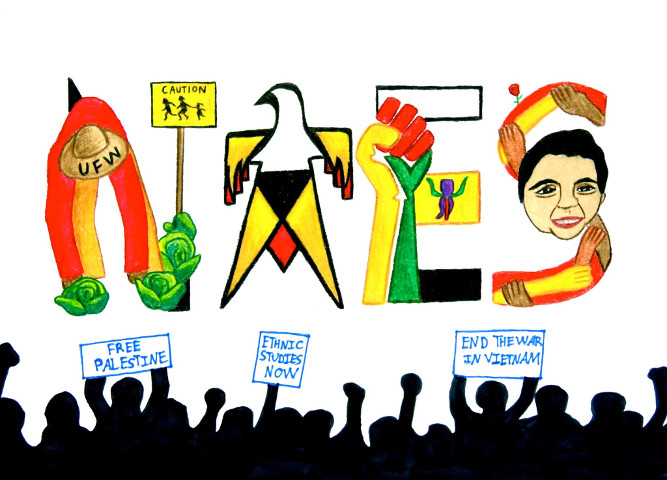Explorations in Sights and Sounds

Orginal Publication Date
1995
Journal Title
Explorations in Sights and Sounds
Volume
15
Issue
ess/vol15/iss1
First Page
67
Last Page
69
Abstract
Eileen Tamura's new book on the first American-born generation of Japanese immigrants to Hawaii is a well-researched and readable study of the period in the early twentieth century, largely between the world wars, when Japanese immigrants to Hawaii realized they were not going to return home and that they would have generational conflicts with their children, entitled to U.S. citizenship as their parents were not until 1952. An outgrowth of Tamura's 1990 dissertation, "The Americanization Campaign and the Assimilation of the Nisei in Hawaii, 1920 to 1940,” Americanization, Acculturation, and Ethnic Identity develops the original topic and works back to the beginning of Japanese immigration to Hawaii, but does not work forward past 1940 to record the monumental changes that occurred in Hawaii. Tamura uses numerous personal interviews she conducted with Nisei and always supports her general statements with anecdotal quotes from the subjects themelves [themselves]. While not an oral history, this study nevertheless employs oral material to document research statistics. As a result, the text comes alive; the reader hears real voices, sometimes in Pidgin English or Hawaii Creole English, but more often the educated voices of the generation caught between two cultures which had much in common (educational goals, "puritan" work ethic, family and community values) but also much that conflicted (American individualism versus Japanese group consensus, voicing opinions versus keeping a low profile).
Rights
Copyright, ©EES, The National Association for Ethnic Studies, 1995


